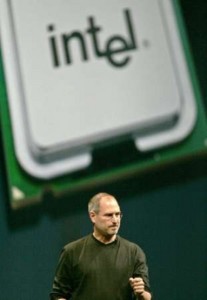Flutter is an open-source mobile application development framework created by Google and it is FREE. It supports cross-platform development and artificial intelligence.
Relation of Flutter & Google
- Flutter is Google’s portable UI toolkit used by Google, developers, and organizations across the globe to produce beautiful natively-compiled applications for mobile, web and desktop from a single codebase.
- Flutter can deliver apps on iOS and Android.
- Flutter creates applications for Google Fuchsia as well.
- Initial release date: May 2017
- Stable Release: May 7, 2019
- Preview release: May 15, 2019
Benefits of Flutter
- Fast Development:
- Make your app in milliseconds with Stateful Hot Reload, which also fix bugs faster.
- A set of fully-customizable widgets include platform differences such as scrolling, navigation, icons and fonts to build native interfaces in minutes on both iOS and Android.
- Indicative & Flexible UI:
- Focus is on native end-user experiences.
- It is a layered architecture of flutter which permits full customization resulting in flexible designs and smoother animations
- Beautiful UIs:
- Captivate your users with Flutter’s built-in Material Design and Cupertino (iOS-flavor) widgets, rich motion APIs and platform awareness.
- Flutter enabled IDE/Editor: Complete control over pictures on the screen analyzes code and finds possible mistakes.
Examples of Flutter-built apps:
- Alibaba used flutter made it easy for iOS and Android on their Xianyu app, which has 50M+ downloads.
- Google Ads use flutter to help run your ad campaigns effortlessly.
- AppTree provides an enterprise app platform for brands like McDonalds, Stanford, Wayfair & Fermilab.
- Hamilton Musical
Features of Flutter:
- The Flutter Outline shows a live view of the structure of a file in your flutter project. You can rapidly drive through the code and perform refactors on your widgets with the buttons at the top.
- Flutter apps have a considerably larger size than their native counterparts.
Language of Flutter: Dart is the main language.
Components of Flutter:
- Dart platform: Language that has more advanced features like just-in-time execution engine, ahead-of-time (AOT) compilation on iOS. Also due to “hot reload” one can inject changes to source files during the running of the application.
- Flutter engine: platform-specific SDKs.
- Foundation library: APIs communicate with the engine
- Design-specific widgets: UI design involves assembling and/or creating various widgets
Employment scope: More and more jobs for flutter development are being posted each day as more and more agencies and startups are also looking into it.
React Native and Flutter: Flutter is a much better alternative to React Native because it is actually native. It doesn’t require a JavaScript bridge to talk to OEM widgets.
What’s New in Flutter in 2019?
- 1.0 Stable Release
- Integrating support for Android and iOS app which are already existing.
- Visual Studio Code and Android Studio
- Web-based tooling debugging & inspecting.
- Flutter can create Pixel Perfect iOS app.
- Google maps, In-App Purchases, and Web views
- Dart is optimized for client development
I would recommend Flutter to build hybrid applications.
Want your Flutter App? Contact on https://innoventixsolutions.com
